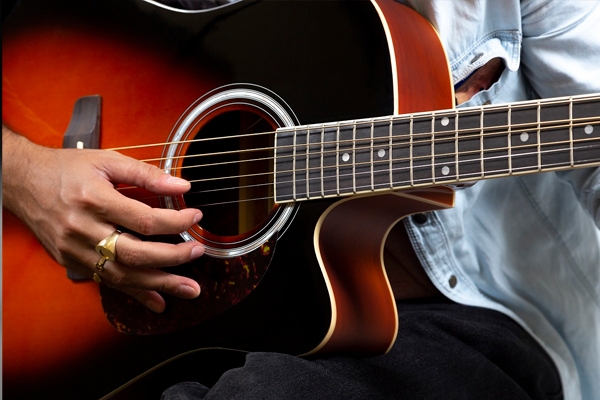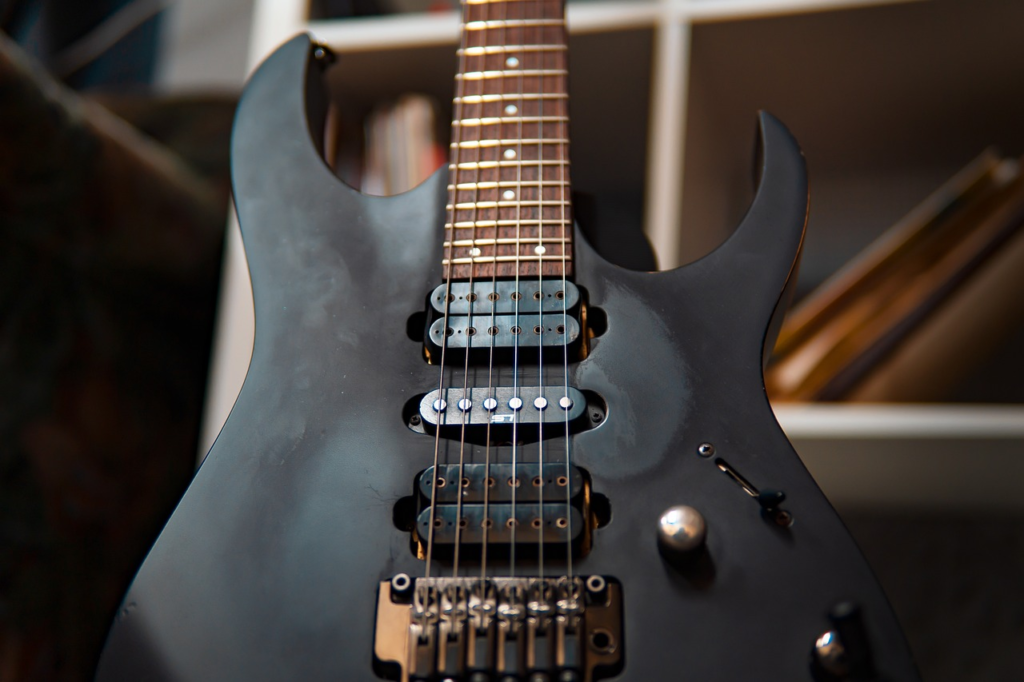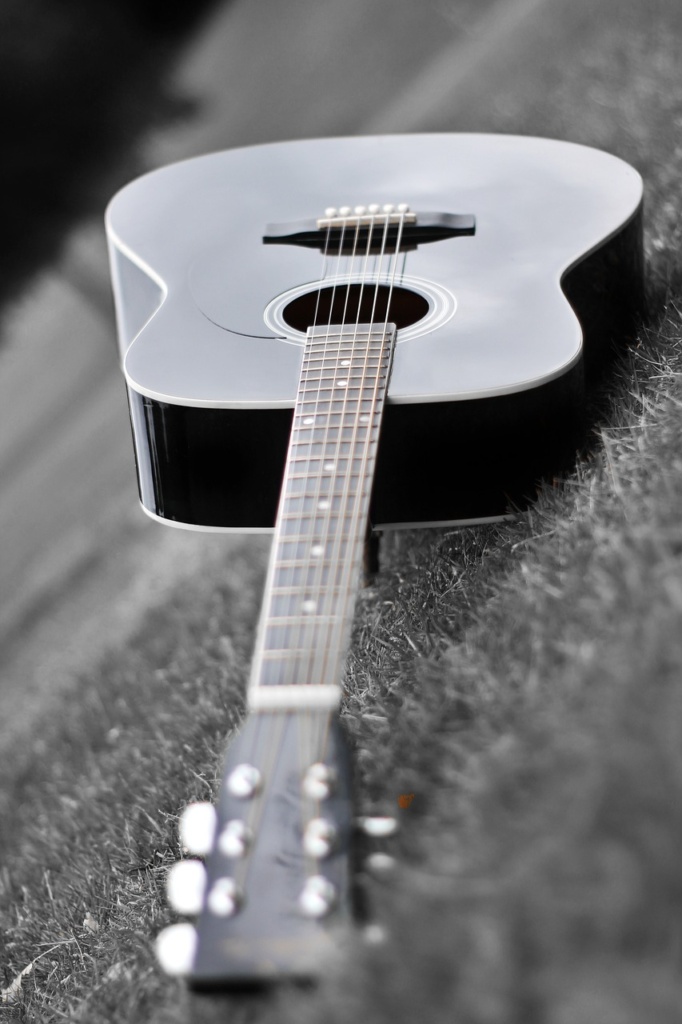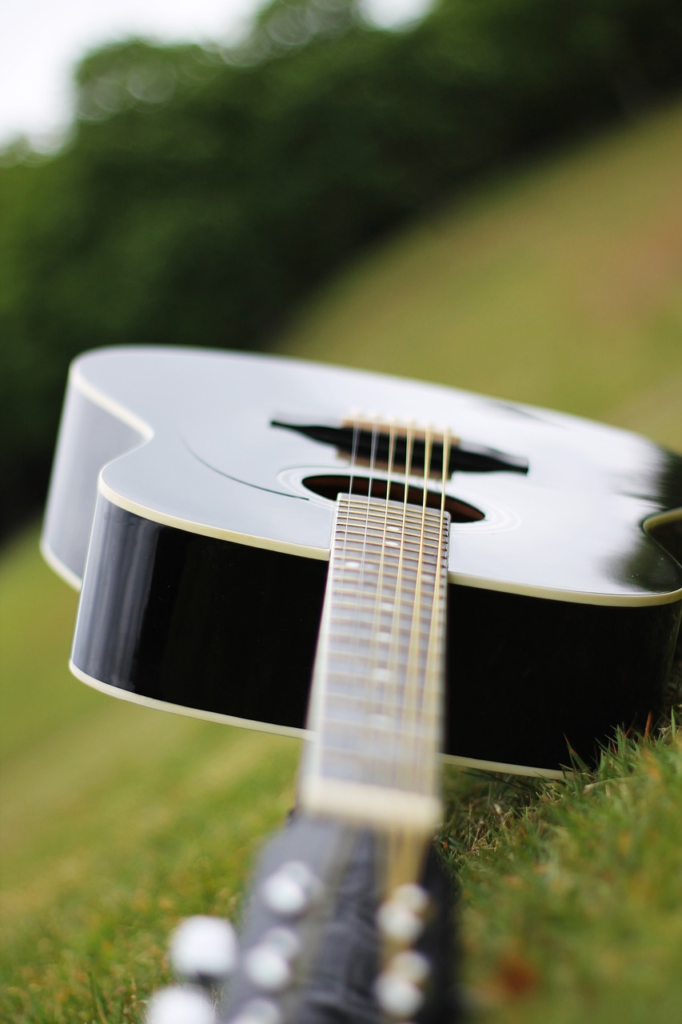
How long is the neck of a guitar? Let’s delve into the fascinating dimensions that shape the soul of your musical companion. Discover the intricate details that make your guitar’s neck a powerhouse of resonance and playability
When it comes to the length of a guitar neck, it’s not just a matter of aesthetics. The guitar neck is the part of the guitar that joins the body and headstock at the back of the neck. The size and shape of the neck can greatly impact your playing experience and the overall feel of the guitar because the guitar scale length is different.
Whether you’re strumming away on an acoustic or shredding those sweet solos on an electric or a bass guitar, understanding the dimensions of the neck is key to finding the perfect instrument for you. You always need to consider guitar neck length and width, because guitars with a thin neck sound different, even if they are from the same store as Epiphone.
Table of Contents
What is the Length of the Neck of a Guitar?
The length of a guitar neck is often referred to as the “scale length.” They differ even with time, for example, in 50s a thick guitar with a c shape has been quite popular. This measurement is typically taken from the nut to the bridge saddle, and it can vary depending on the type of guitar you’re playing, the spacing is different, there might be shorter lengths between frets on a fretboard which will be important for guitar-playing.
Acoustic guitars, electric guitars, and bass guitars and even models like Fender Jaguar and Fender Mustang or Fender Telecaster all have different scale lengths, which contribute to their unique sounds and playability. Moreover, other stringed instruments like a mandolin are different in neck length too.
How to Measure Guitar Neck Width?
While scale length refers to the overall length of the neck, neck width is equally important. This measurement determines how comfortable the guitar feels in your hands and can impact your ability to play certain chords and techniques.
To measure the width of a guitar neck, use a tape measure and place it at the 12th fret. This will give you an accurate representation of the neck width at its widest point. The thicker the neck, the bigger the number. An accurate way to measure a guitar neck length is by measuring the distance between the center of the 12th fret and the nut. After knowing this number, you have to multiply it by 2.
Dimensions of an Average Guitar Neck

Image by 6451753 from Pixabay
The dimensions of a guitar neck can vary significantly between different brands and models and also tend to be discussed when you are purchasing an instrument. However, there are some common standards that you’ll come across so you can plan to buy a guitar which will be comfortable for a neck pickup. For example, an average electric guitar neck typically measures around 1 11/16 inches at the nut, while an average maple acoustic guitar neck measures around 1 3/4 inches.
These measurements can fluctuate slightly depending on the specific guitar and manufacturer. Some guitar neck sizes can even go as high as 29.75, like the Gretsch. Be careful when the strings vibrate and affect the neck, especially if it is flatter because the pieces of wood might be damaged.
How Long is the Neck of a Les Paul?
One iconic guitar with a distinct neck length is the Les Paul. Les Paul guitars, famously manufactured by Gibson, have a scale length of 24.75 inches and if you need to, you can measure the distance between the frets. This shorter scale length contributes to the warm and woody tone that Les Pauls with mahogany tops are known for. So, if you’re a fan of those sweet bluesy licks or creamy lead lines, the Les Paul might be the perfect fit for you, but make sure to discuss this with a luthier.
How long is the neck of a guitar?

On the other end of the spectrum, we have the Fender Stratocaster. Stratocasters typically have a longer scale length of 25.5 inches. This longer scale length provides a brighter tone and increases string tension, favoring players who enjoy a more aggressive playing style. So, if you’re into those soaring solos and twangy rhythms, the Stratocaster might be your weapon of choice since it has this baritone because the length of the neck tends to affect the tone and intonation.
Do Guitars Have Different Length Necks?

Image by Muscat_Coach from Pixabay
Absolutely! Guitars come in all shapes and sizes, and their neck lengths as well as the distance from the nut can vary to accommodate different playing styles and preferences to allow high as well as low notes. From the shorter scale lengths of Gibson’s Les Pauls to the longer scale lengths of Fender’s Stratocasters, each guitar offers a unique playing experience, some with less tension, some with harmonics and overtones. So, whether you’re a bassist, an acoustic aficionado, or an electric guitar enthusiast, there’s a neck length out there for you, for example, a short- or long-scale guitar, the neck would be comfortable for you.
Which Guitars Have the Widest Neck?
Always take into consideration the neck scale length on guitars. If you’re someone who prefers a wider neck, you might want to explore guitars with a more generous nut width and neck profile, a long scale. Some guitar brands, such as Gibson, are known for their wider necks, providing more space for fingerstyle playing and chord voicings. So, if you have larger hands or simply enjoy the feel of a wider neck, Gibson guitars might be worth checking out, they might not have the longest truss rod, but the neck is comfortable for such a guitar player.
Why Are Classic Guitar Necks So Wide?
When it comes to classical guitars, you’ll notice that their necks are considerably wider compared to other types of guitars, and they are easier to play than short-neck fender guitars. The wider neck allows for better finger placement and facilitates playing complex chord shapes and fingerstyle techniques because for these styles the strings require precision in string choice. So, if you’re a fan of intricate classical compositions or simply want to explore a different playing style, a wider-necked guitar might be your cup of tea, so the string gauges on the fretboards are wider and not asymmetrical, like on shorter scales.
Tips:
– When measuring the distance between the nut and the 12th fret, use a tape measure to ensure accuracy for a thin and wide neck, whether it is a c- or an u-shaped neck.
– Experiment with different neck shapes and sizes to find the one that suits your playing style and comfort preferences, do not use a classical guitar if it is not comfortable. You can go to a guitar shop and hold many guitar necks. You need to be able to reach the treble side of the neck for soloing and play barre chords at the top part of the neck.
– Consider the scale length of a guitar when choosing between different brands and models.
– If possible, try out different guitars at a local music store to get a feel for their neck sizes and shapes.
Warnings:
– Be mindful of your playing technique and posture to avoid strain or discomfort when playing guitars with different neck sizes.
– Remember that personal preferences vary, so what works for one guitarist may not work for another. Trust your own instincts and find the neck that feels right for you.
As always, it’s important to try out different guitars and necks to find the one that feels comfortable and inspiring to you. So, grab your tape measure, head to your local guitar store, and start exploring the world of guitar necks. Happy playing!






